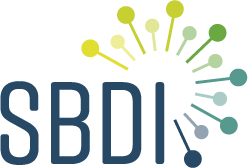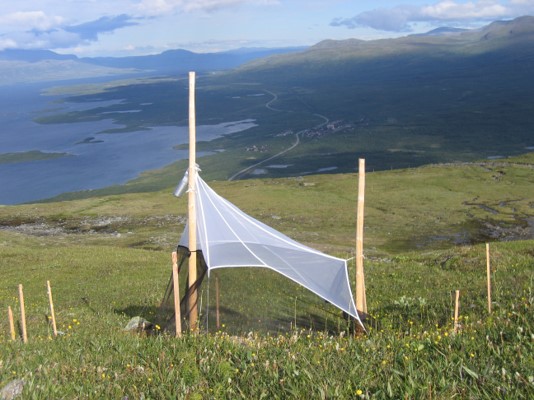A new study published in Nature Scientific Data presents unprecedented insights into insect biodiversity in Sweden and Madagascar. The results, emerging from the Insect Biome Atlas (IBA) project, demonstrate the vast diversity of insect life through a large-scale DNA metabarcoding survey. All data from the study are now openly available through the GBIF network.
Researchers collected over 7,000 insect community samples using Malaise traps deployed over 12 months at 250 sites across the two countries. Since many species in Sweden—and most in Madagascar—had never been recorded before, the team used DNA metabarcoding to identify the insects. This method allows for the simultaneous molecular identification of the hundreds or thousands of individuals contained in a single sample.
The results are striking:
- More than 30,000 species were detected in Sweden, including approximately 10,000 species new to the country.
- Over 70,000 species were found in Madagascar, reflecting its exceptional insect richness.
The datasets are now fully accessible via GBIF.org and the Swedish Biodiversity Data Infrastructure (SBDI). With more than 3.4 million occurrence records, the IBA datasets represent the third-largest contribution from Sweden to GBIF.
“By making these data available on GBIF, we are empowering the scientific community and the public to explore biodiversity patterns among poorly known species” says Dr. Andreia Miraldo, associate researcher at the Swedish Museum of Natural History and lead author of the study.
The sampling efforts in Sweden were supported by more than 150 citizen scientists, underscoring the value of public participation in biodiversity research. In Madagascar, local communities played a key role in fieldwork, highlighting the importance of integrating local knowledge into global science.
This collaborative effort involved several leading institutions in Sweden, Madagascar, and Poland, including the Swedish Museum of Natural History, Stockholm University, the Swedish University of Agricultural Sciences (SLU), KTH Royal Institute of Technology, SciLifeLab, Station Linné, the Madagascar Biodiversity Centre, and Jagiellonian University.
Explore the datasets via GBIF: IBA-NRM-KAW-2017-0088 – All available datasets
Read the full article in Nature Scientific Data, DOI: 10.1101/2024.10.24.619818.

